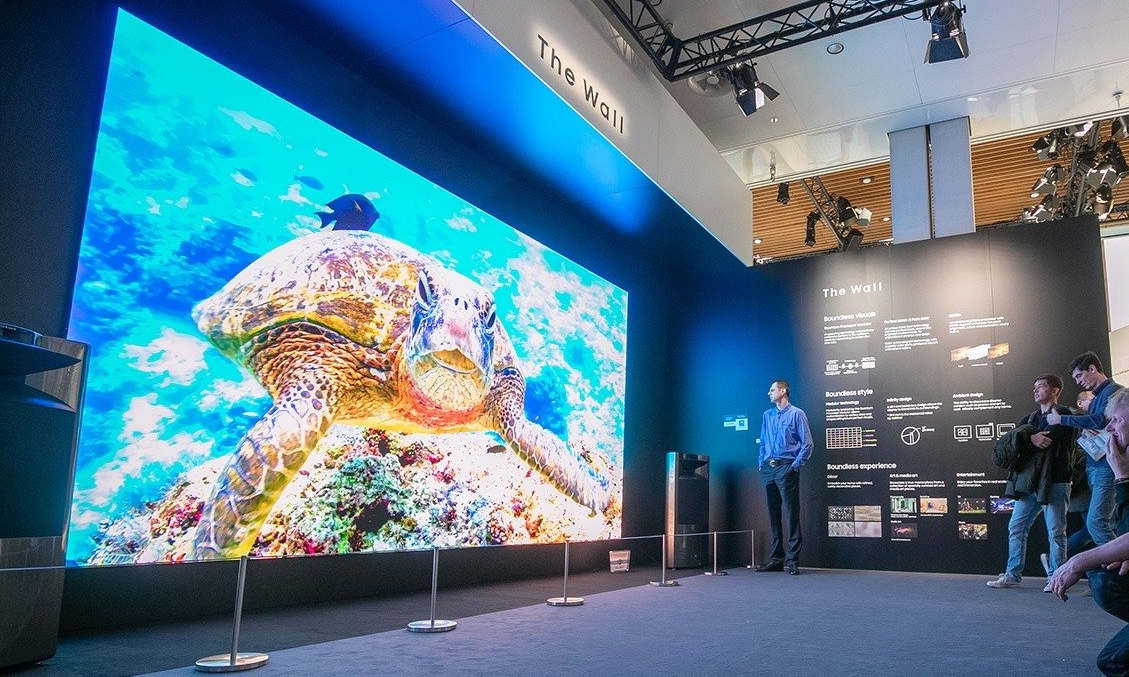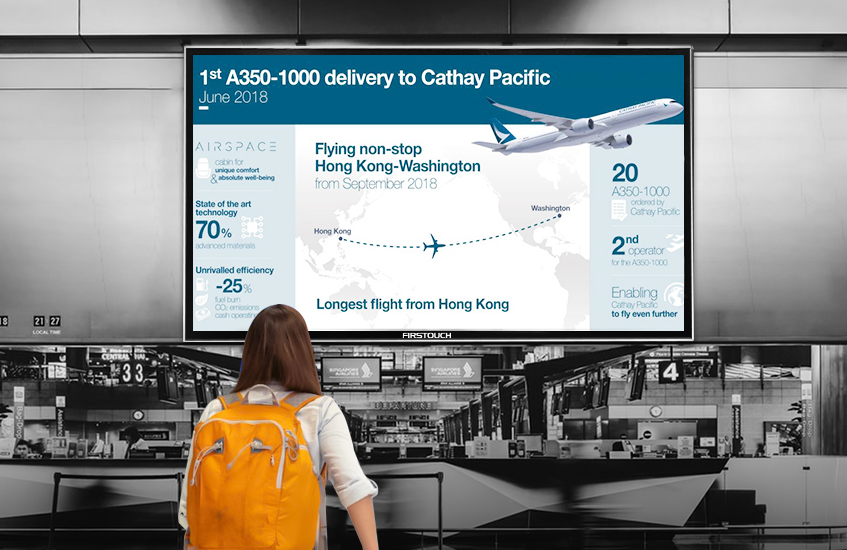
Blog
Read what's happening in FirstouchKiosk | Keep update yourself about best digital signage solution & technology. Learn how digital signage / digital kiosk / digital notice board and digital standees can help in your business growth.

Professional display screens are becoming a central part of modern business environments. From delivering engaging content to enhancing the way organizations communicate, these screens are more than just digital displays—they’re tools that boost customer experience and operational efficiency. This guide provides a clear overview of professional display screens, their benefits, usage areas, and tips on maximizing their impact.
Professional display screens are high-quality, commercial-grade screens specifically designed for continuous use in business settings. Unlike consumer-grade TVs, they’re engineered to operate reliably for extended hours, often supporting 24/7 use without compromising on display quality or durability. Professional displays come with advanced features like remote content management, high brightness, and enhanced connectivity options, making them ideal for business environments.
Professional displays typically offer Full HD or 4K resolution, ensuring crisp, clear visuals that capture attention.
Built to last, these displays use high-grade components that can withstand prolonged usage, making them suitable for environments where continuous display is necessary.
With a content management system (CMS), businesses can remotely manage and schedule content across multiple displays, enabling quick updates and customized displays for different locations.
Professional displays can be tailored for various uses, such as interactive kiosks, video walls, or even digital menu boards, adapting seamlessly to business needs.
Statistics show that digital signage, including professional displays, can increase customer engagement by up to 47%, making them a valuable investment for attracting and retaining customers.
Professional display screens are versatile and can be used across various sectors to meet different needs. Here are some common use cases:
Professional displays are popular in retail spaces for showcasing promotions, new arrivals, and product information. According to recent studies, nearly 80% of shoppers say they’ve been influenced to make a purchase due to digital signage, underscoring its impact on retail sales.
Businesses use these displays in lobbies, meeting rooms, and office areas to share announcements, dashboards, and real-time data. Professional screens can also be used as video conferencing tools, supporting collaboration and seamless communication.
Hotels, resorts, and restaurants use professional displays for digital menu boards, event schedules, and wayfinding. In fact, studies show that digital menus can reduce perceived wait times by 30%, which positively impacts customer satisfaction.

In hospitals and clinics, these screens assist in wayfinding, display appointment information, and promote health awareness content.
Schools and universities use them for digital bulletin boards, campus announcements, and interactive learning experiences. Reports indicate that digital signage can improve information retention by 42%, proving helpful in educational settings.

Professional displays are critical in transportation for displaying schedules, announcements, and directions. This enhances the passenger experience by providing real-time information and reducing confusion.
Choosing the right professional display depends on your business needs. Here are the key features to consider:
To make the most of your professional display, follow these tips for display quality and content optimization:
Plan your content schedule to show the most relevant information during peak hours. For example, in retail, promote discounts during lunch hours or after work when foot traffic is highest.
Professional displays require regular maintenance to stay functional and look their best:
The professional display market is rapidly growing due to increased demand for digital signage solutions in various industries. Here are some insights:
Market Growth: The global professional display market is projected to reach over $20 billion by 2025, with a compound annual growth rate (CAGR) of around 8% from 2020.
Customer Impact: Studies indicate that digital displays in stores can increase average purchase amounts by 29.5%.
Engagement Boost: Businesses report up to a 47% increase in customer engagement when using digital displays as part of their strategy.
ROI on Digital Signage: Companies using digital displays have experienced up to a 40% increase in sales and engagement, showing the clear ROI potential.
These statistics highlight professional display screens’ growing relevance and positive impact in commercial spaces.
Q1: Can I use a regular TV instead of a professional display screen?
Using a regular TV is not recommended for commercial environments, as they lack durability for extended use and don’t offer features like CMS compatibility or high brightness.
Q2: Do I need special software to manage content on a professional display?
Yes, most professional displays support CMS software, enabling remote management and scheduling of content. Some displays come with a built-in CMS, while others may require third-party solutions.
Q3: How often should I update the display’s firmware?
Check for firmware updates every few months to ensure the display operates smoothly and securely.
Q4: Can professional displays be used outdoors?
Certain professional displays are designed for outdoor use with weatherproof and high-brightness features. Always check the product specifications for outdoor compatibility.
Professional display screens are invaluable tools for businesses seeking to improve customer engagement, streamline communication, and enhance brand presence. With proper selection, optimization, and maintenance, these displays can provide long-term value and positively impact your business. By understanding the features, usage areas, and benefits, you’re well-equipped to choose and use professional displays effectively in your business environment.
BACK TO BLOG
we are always happy to help in ways that we can.